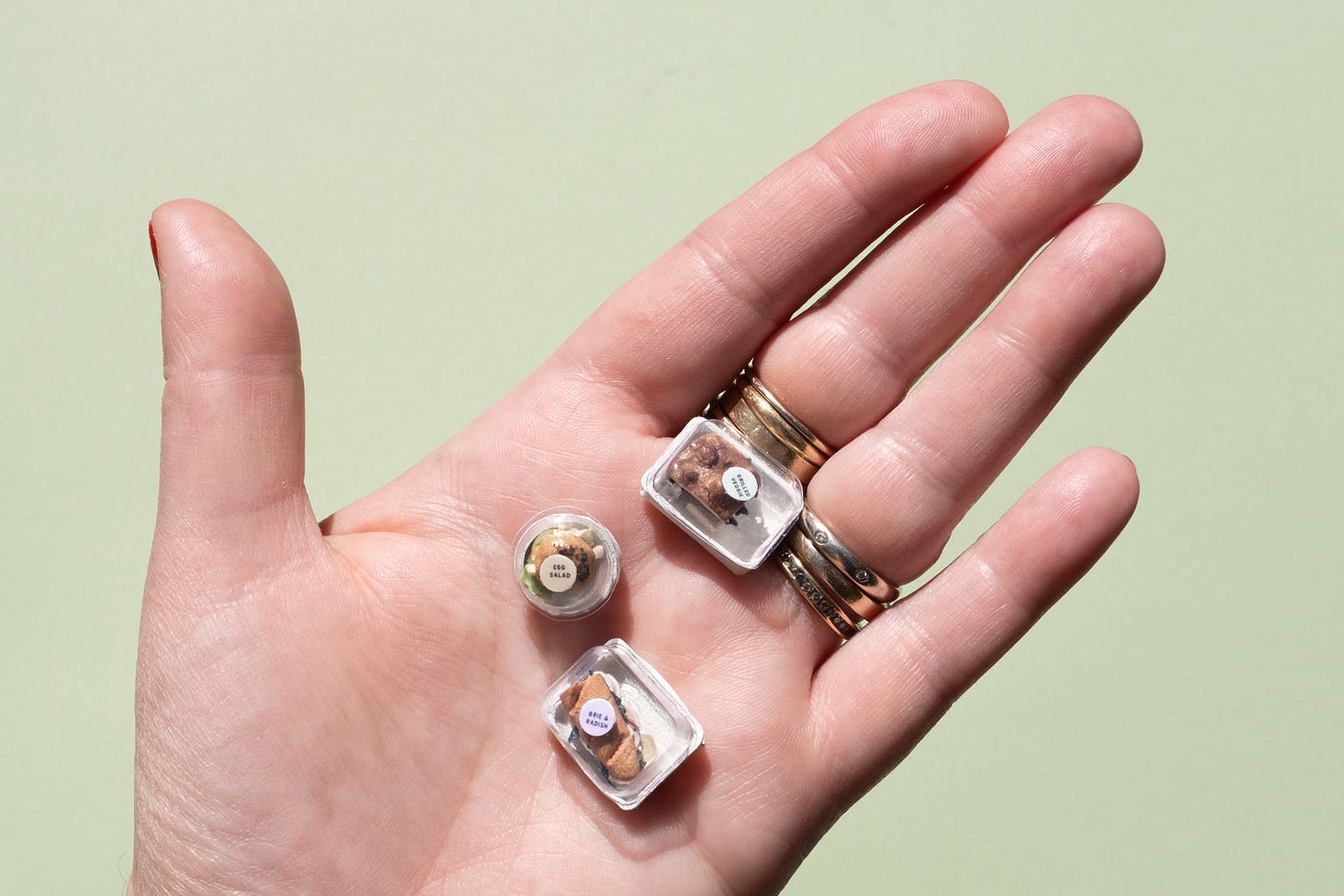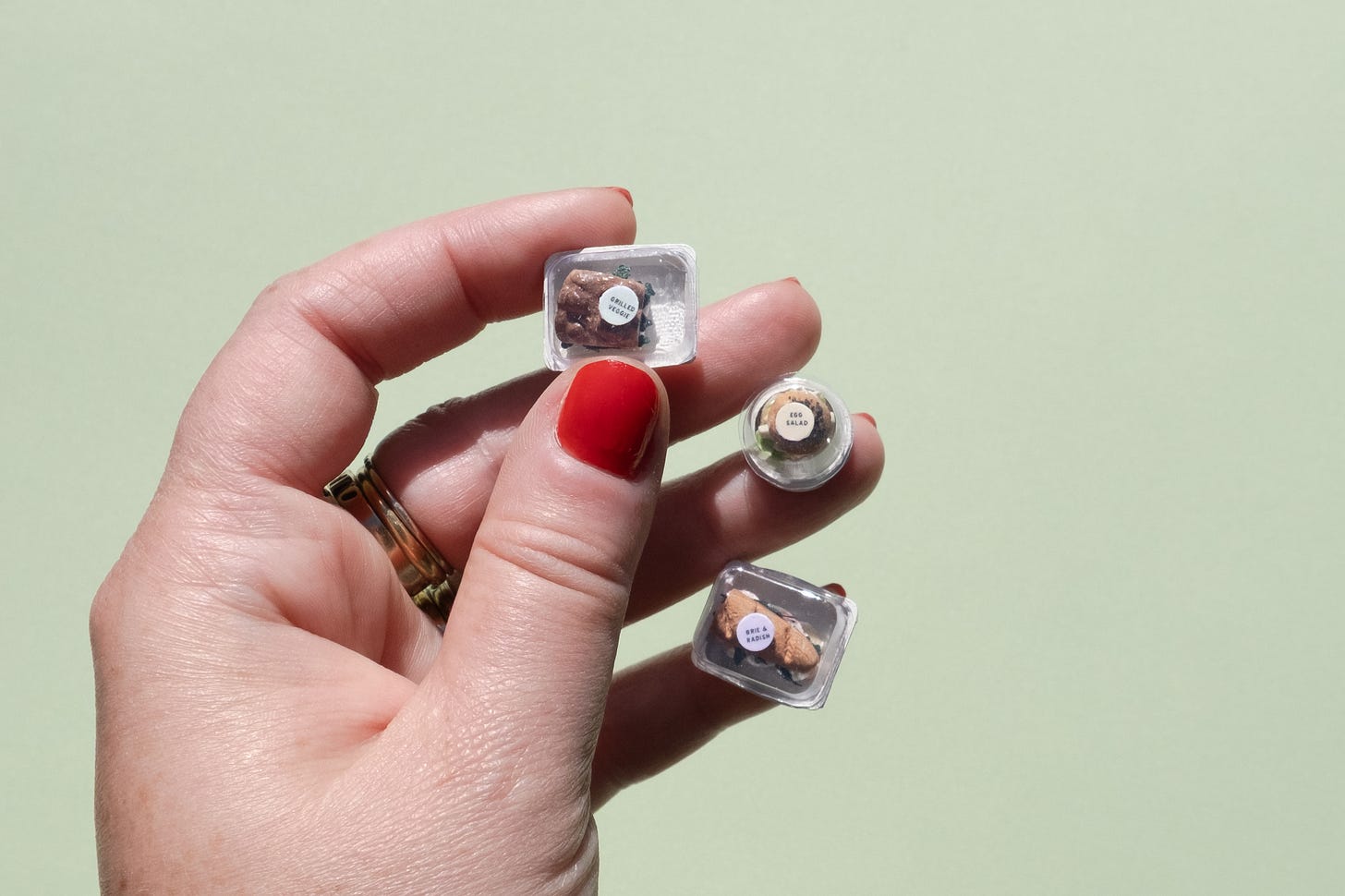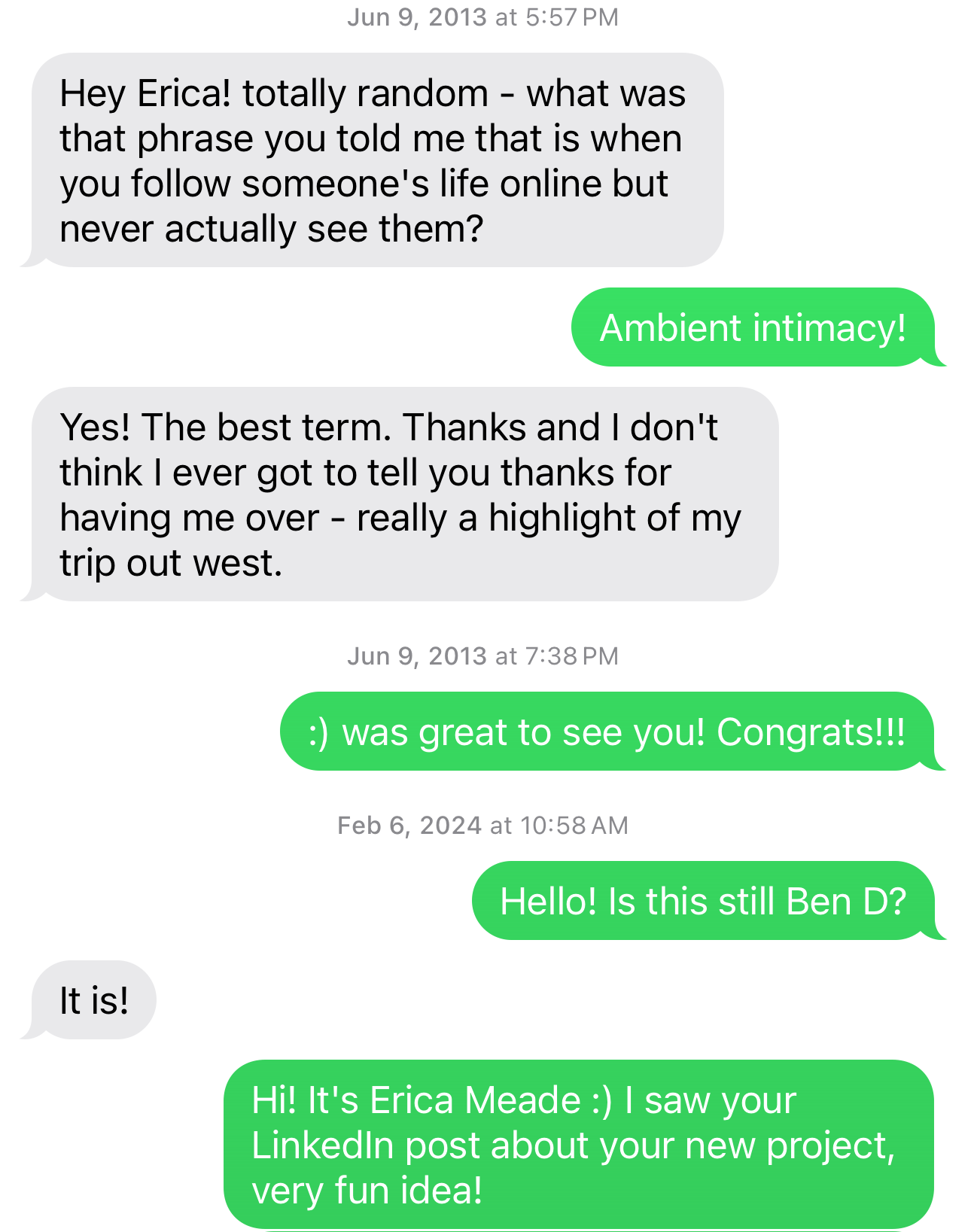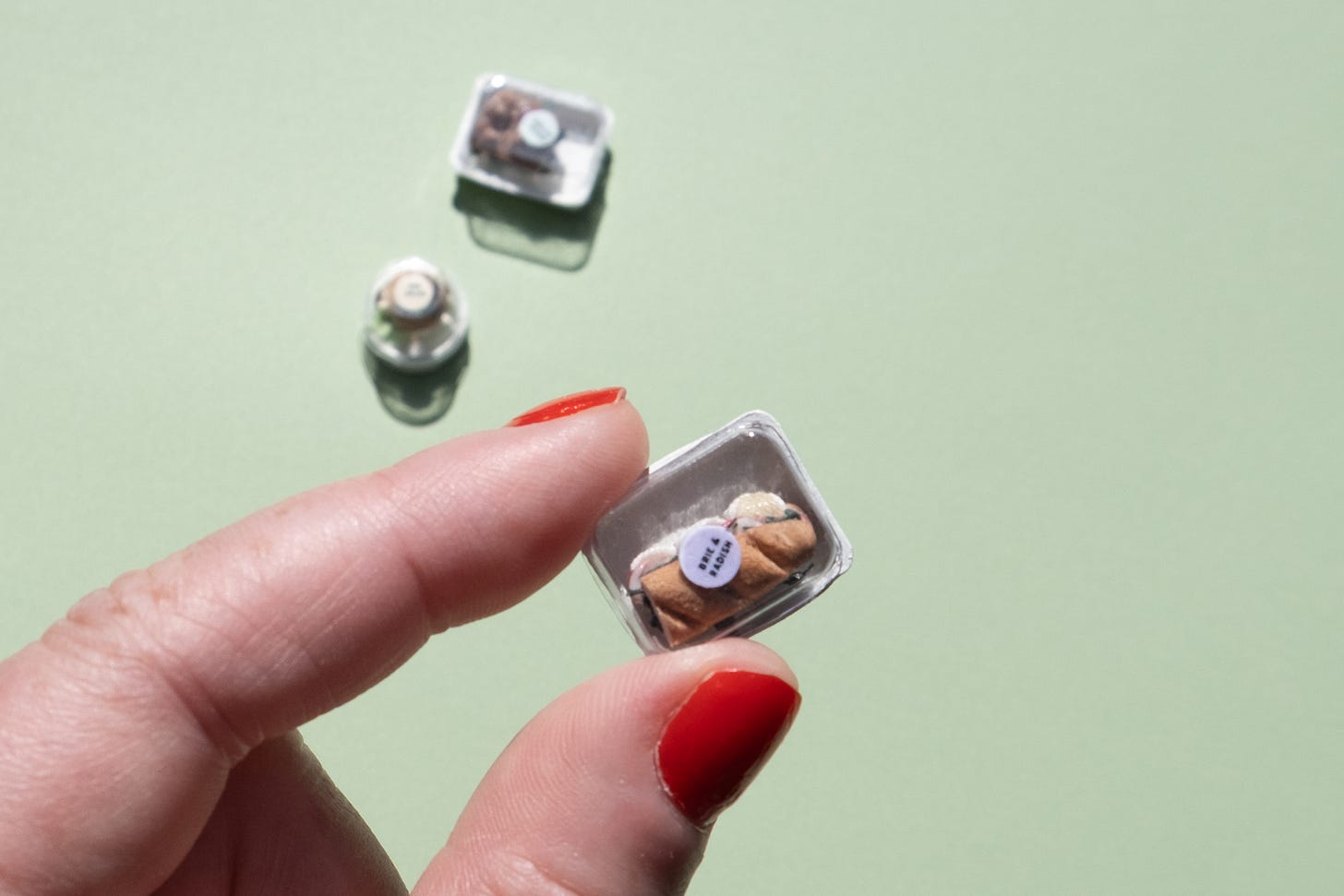Across the seasons of life, we connect with people and then drift apart: the coworker you once saw daily, the classmate you haven’t seen since graduation, the preschool parent from birthday-party season. Usually the drift is not intentional. It occurs naturally, as the context of your lives shift.
Unless…you also follow them on Facebook, Instagram, LinkedIn, etc.
Thanks to social media, I know where many of my “loose ties” went on vacation, whose kid started kindergarten, who got a promotion, who lost a parent. They broadcast packaged updates to the feed-at-large, without the explicit intent of reaching my particular eyeballs, yet I idly absorb the intimate details of their lives.

So in the off-chance we bump into each other at the grocery store or at a lobster roll stand in Maine (which happened to me recently!), I know oddly specific things about their lives, as if we’d been catching up all along. The relationship is dormant, but passively alive. We stay close…kind of?
I bet you’ve had similar experiences if you use social media.
There’s actually a term for this that I’ve loved since the day I heard it many years ago: ambient intimacy. It was coined by Leisa Reichelt in 2007 who defined it as:
“Being able to keep in touch with people with a level of regularity and intimacy that you wouldn’t usually have access to, because time and space conspire to make it impossible.“
While Reichelt touted the benefits of being able to stay closer with people you’re already close with, she also noted how this effect changes our relationships with acquaintances by strengthening loose ties.
Back then the “ambiance” came mostly via Facebook, Flickr, and Twitter—Instagram and TikTok hadn’t launched yet. It was a simpler time: before the algorithm firehose, the rise of influencers, and increasingly parasocial relationships with celebrities.
In 2015, Leisa Reichelt was asked to revisit the concept of ambient intimacy by Kyle Chayka, and he noted that she kept using the term “noise” (basically, the opposite of ambient), sharing that “the sense of wonder has kind of gone now…keeping up with people non-stop on social media is mundane, not a novelty.”
Nonetheless, ambient intimacy has been on my mind as we build Practice, since creative making is a very personal thing. Getting a sneak peek of someone’s craft mat feels different, and more intimate, than, let’s say, knowing where they went on vacation. And it may create an imbalance.
Asymmetry
Years ago I stopped using Facebook and mostly stopped posting about my personal life on Instagram. So my experience with ambient intimacy was typically asymmetric. While I knew things about old coworkers and acquaintances, they knew little about me.
That changed in 2020 when my husband, Alex, and I started a home renovation and I restarted my social media sharing to keep friends and coworkers in the loop with construction site walkthroughs via passively-consumed updates. A few years post-renovation, I embarked upon my dollhouse making journey and started posting a lot. I still regularly share my process and experiments, almost as a public diary. Which has led me to build real relationships with people I’ve never met IRL (some whose real names I don’t even know).
I’ve also been sharing essays here (that I cross-post on LinkedIn) for over a year under the guise of “building Practice in the open,” but I’m mostly writing about the things I’m thinking about (like this topic) that may be tangentially connected to Practice. It’s a window into my brain, and I end up sharing my thoughts, fears, and insecurities without much filter. Quite intimate, indeed.
Which means I now experience that eerie asymmetry from the other side. A bartender who loves giving our dog Pinto treats but whose name I do not know 🫣 recently said, “Your sandwich containers look great!” I blinked…and remembered: right, she follows me on Instagram.
But the asymmetry can feel warm, too. My husband’s aunt and cousin (hi, Sarah and Hannah!) told me they read and chat about my Substack. It created a sense of connection and closeness, without my explicit intent or expectation. Which is surprisingly powerful! But not too surprising, because as Gavin Heaton once wrote:
“Ambient intimacy is like sending short letters to our friends without expectation of receipt. And when the message is acknowledged the strength of connection returns to us, doubled.”
Preserving connection
In a way, Practice exists because of ambient intimacy.
My co-founder Ben and I were college friends and fellow art majors, but after graduation we lived on different coasts and naturally drifted apart. Sounds familiar, right?
In 2013, he was visiting California and stopped by for a BBQ. The phrase “ambient intimacy” came up and the term stuck with him, too.
We didn’t see each other again for more than a decade, but we stayed loosely connected through background glimpses of each other’s lives via social media. When he moved to the Bay Area a few years ago, he shared a project on LinkedIn that inspired me to reach out, we met up IRL, and, surprisingly, ended up chatting about our creative hobbies.
That loose thread of connection made it easy to pick up where we’d left off—and it’s why Practice exists today.
Crafting intimacy
With the Practice app, we’re creating a new flavor of ambient intimacy. It’s already emerging today, with only a few users.
What someone chooses to make is arguably more revealing than a packaged and polished life update they share on other social media platforms. So the Practice feed feels very different as a result. Less curated and performative, with lots of snapshots of crafting sessions in the messy middle of projects, featuring cluttered workstations and representing moments of joy, but also, frustration.
My hope is that it continues to be something honest and raw, that feels warm, and never eerie. And is rarely asymmetric. An experience that not only strengthens ties, but also makes others want to make things, too.
Because the last thing I want to create is another passive scroll. Or more idle ambiance—or more noise. I want Practice to inspire action.
Maybe it will also lead to a new term. I don’t know what the right phrase will be…ambient inspiration? Crafting intimacy? Or something else entirely, like…collaborative practice? We plan on letting more users into the app at the end of the month (!), so perhaps it will become obvious soon.
If we’re successful, participating in Practice won’t just be about knowing more about other people, or having a somewhat voyeuristic view into their “craft lives,” it’ll be about doing more making, with your own hands.
So what kind of experience will make you want to create, not just scroll? And put down your phone and pick up a project, for 20 minutes, today?





Hi Erica!!
love this, thanks for the shout out, see you IRL maybe next summer,